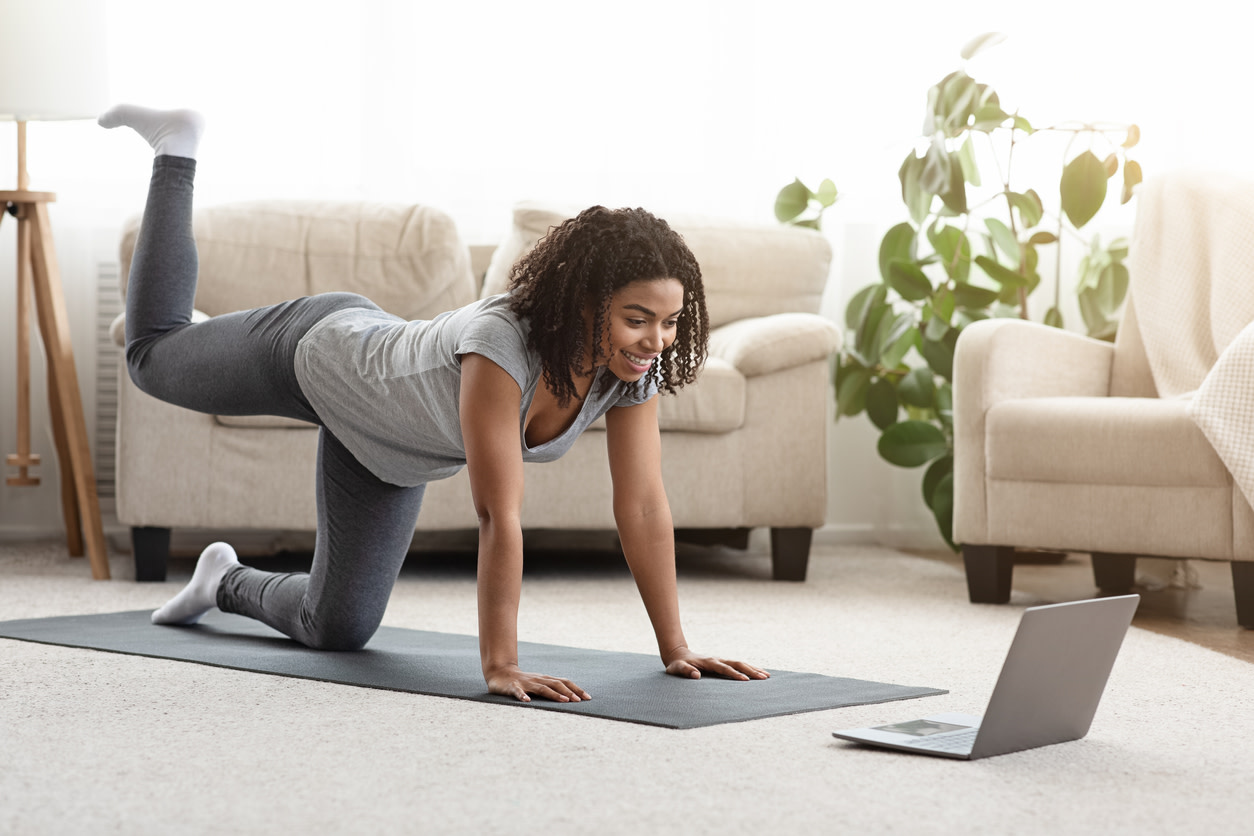How to Strengthen Your Hip Muscles With These 6 Exercises
Learn the best hip exercises to try at home, recommended by physical therapists.
$0 costo para usted
Última actualización: Sep 1, 2025
El índice
Fully covered hip pain relief
Find relief from hip pain, buttock pain, hip tendonitis, & more.
Check if I'm eligible